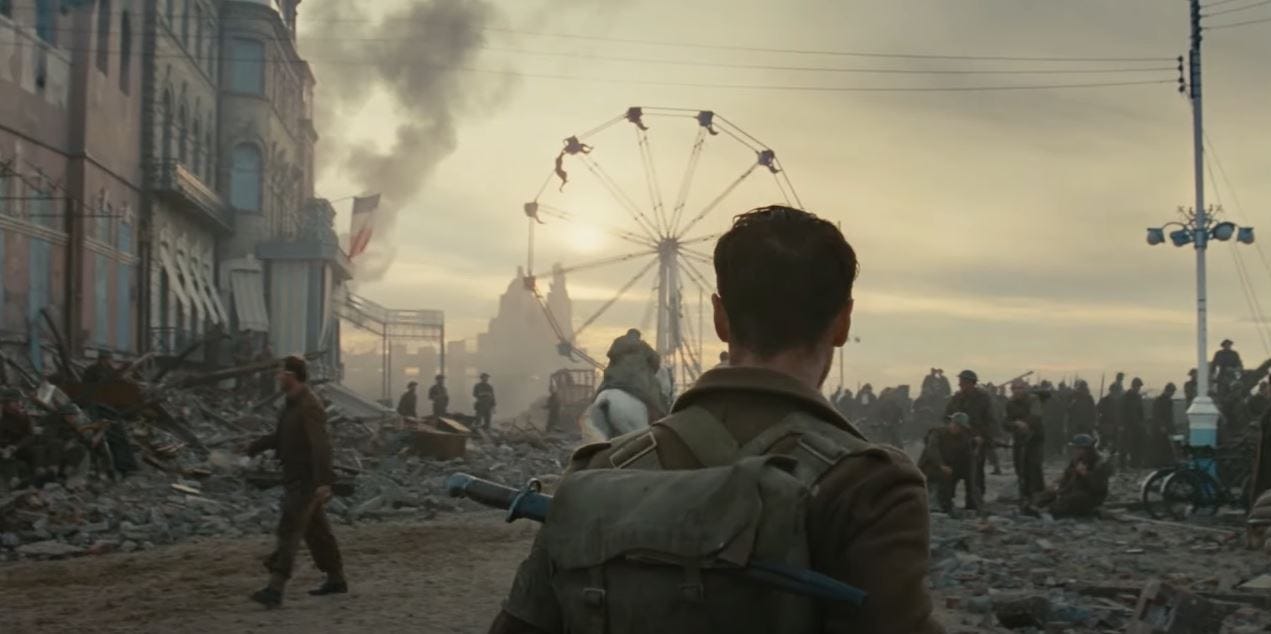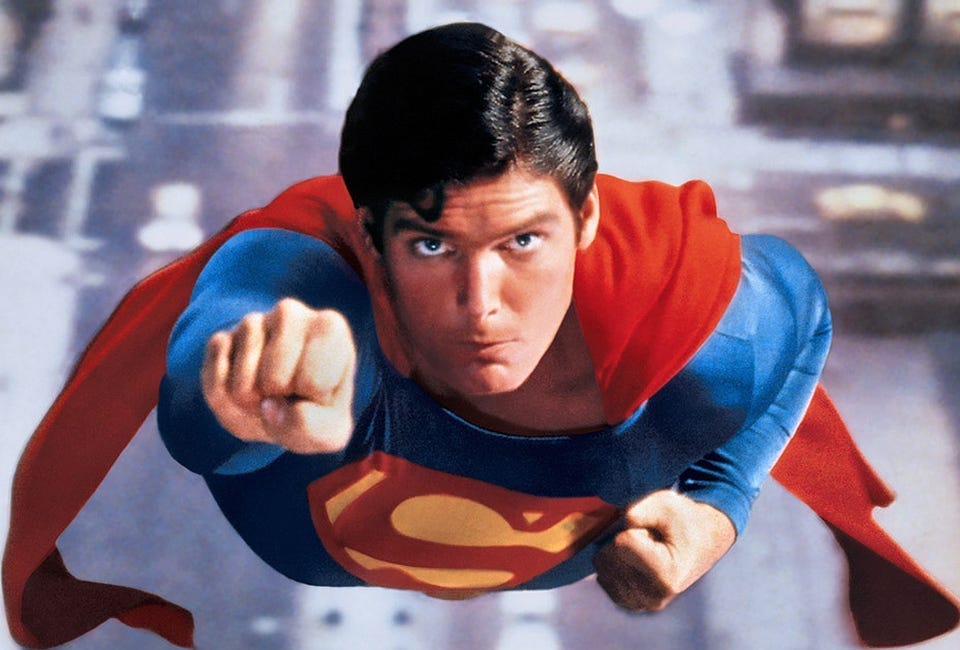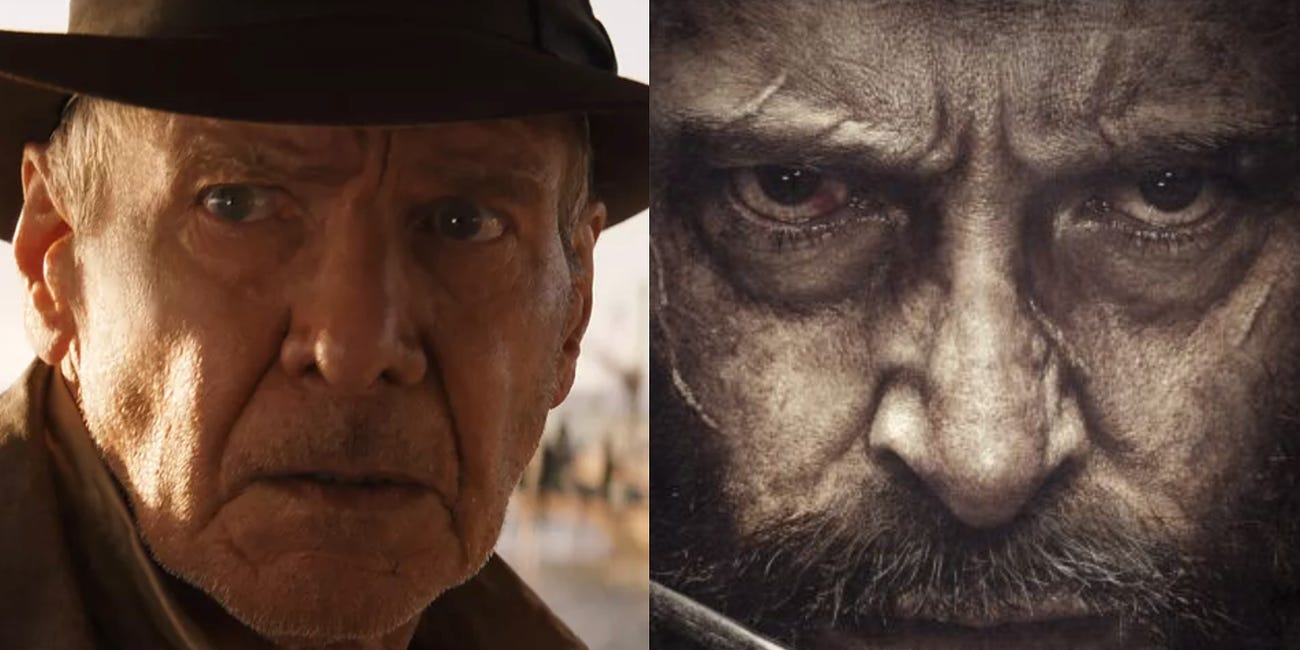Is This the Greatest Tracking Shot in Film History?
Nearly a century old, it continues to astonish...
Determining the “greatest” anything in art is a nearly impossible thing to do, given the fact that art is, well, a wholly subjective experience. Consensus may build around something being the greatest this or the greatest that, but the times change and, with them, cultural sentiments and, of course, the quantity and even quality of competition for such a label.
Because of this, when I say the café tracking shot in Wings (1927) is the greatest tracking shot in history, most of you will disagree. How could you not with so many amazing shots out there to choose from?
In fact, I should, too — I’m not sure if any will ever top the funeral sequence in Soy Cuba (1964) for me, even though the opening shot of Touch of Evil (1958) and the car ambush in Children of Men (2006) come close — but, at the end of the day, there is no getting around that director William “Wild Bill” Wellman pulled off this shot when cinema as we think of it was still in its nascency. Sophistication was not the name of the game at the time, and yet this shot is so sophisticated we’re still talking about it today. It’s one of the many reasons Wings went on to become the first film ever to win the Best Picture at the Academy Awards.
Give it a watch now:
So, how did Wellmen and his team pull off such a shot in 1927?
I’ll let Meg Shields at Film School Rejects explain:
The remarkable café shot involved a specially constructed camera mount that was attached to an overhead track. This created the illusion of the camera floating at table level.
The vertical structure, which kind of looks like construction scaffolding, was supported by a rail that allowed the rig to move smoothly. A flat platform at the bottom of the structure supported the camera operator, E. Burton Steene, who lay on his stomach while he worked the Eyemo, a non-reflex, compact 35mm camera. The Eyemo was mounted on an extension below the boom. During each take, the camera would dolly-in from one end of the room to the other via the ceiling track.
This video from Semih Okmen will help you visualize that, if you’re having trouble.
The shot is so historically significant in cinema, we’re obviously still talking about it today. Hell, writer-director Rian Johnson was so impacted by its dazzling artistry that he recreated it in Star Wars: The Last Jedi (2017) as part of his Canto Bight casino sequence.
Here’s a side-by-side comparison of Wings and The Last Jedi:
I’ll close with this interesting factoid: Wellman had intended to stage another significant tracking shot in Wings, but Wellman’s camera operator Steene suffered a heart attack and the shot was abandoned. Given the impact of the shot we did get, it’s difficult not to lament what we missed out on.
If you want to learn more about tracking shots, read “15 Tracking Shots to Blow Your F@cking Mind” here.
If this article added anything to your life but you’re not up for a paid subscription, please consider buying me a “coffee” so I can keep as much of this newsletter free as possible for the dreamers who couldn’t afford it otherwise.
If you enjoyed this particular article, these other three might also prove of interest to you:








All tracking shots - and this one especially, for its simplicity - are effective partially because, I believe, they break an unspoken agreement we have with the artifice of movies, in that they are filmed on a camera. Take away our feeling of the camera having a solid place within the world of the film, and suddenly we’re unsure of our own limitations, which makes things feel - dare I say - magical.
Let’s not overthink this. The Copa from Goodfellas. That’s it.